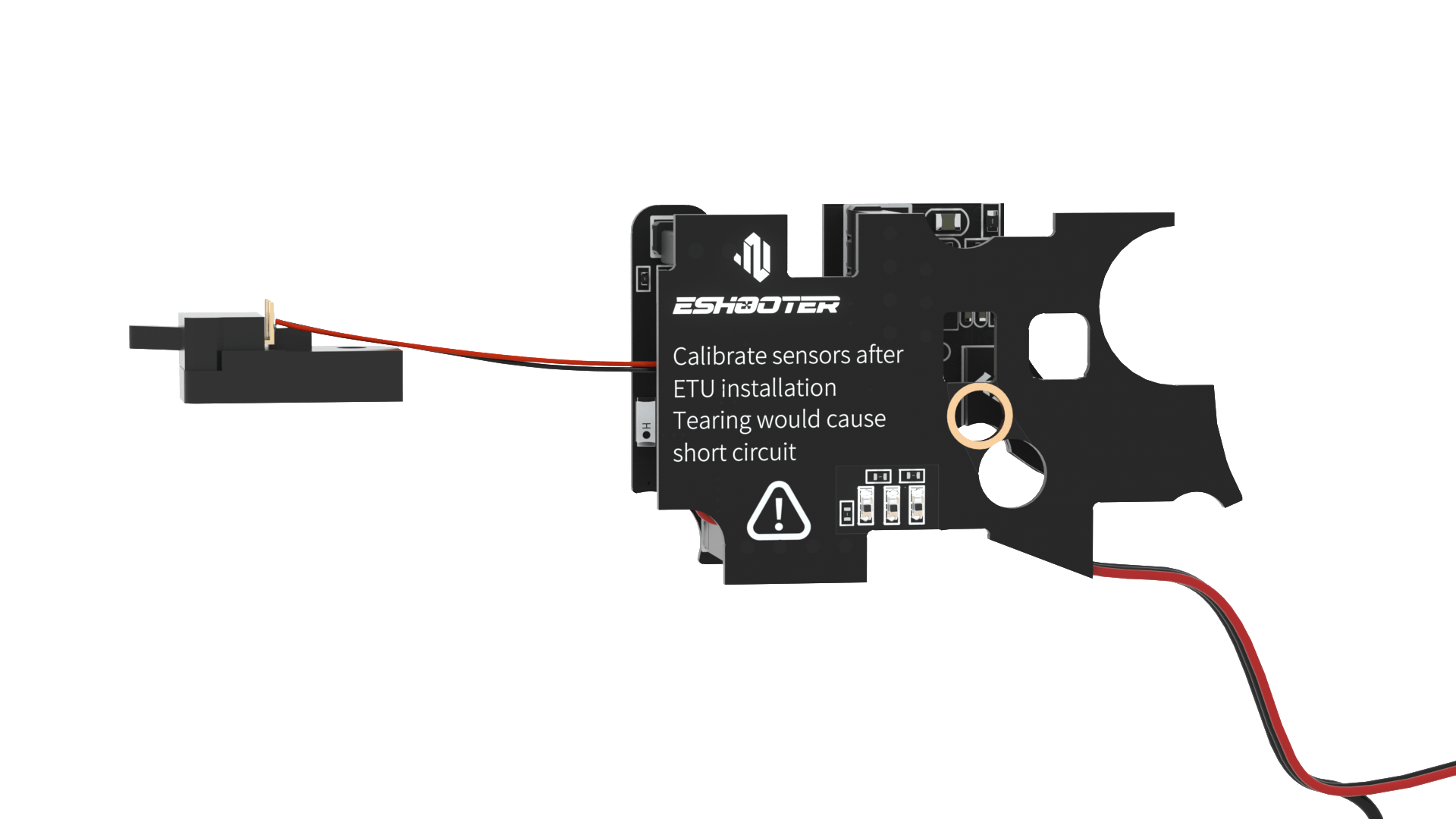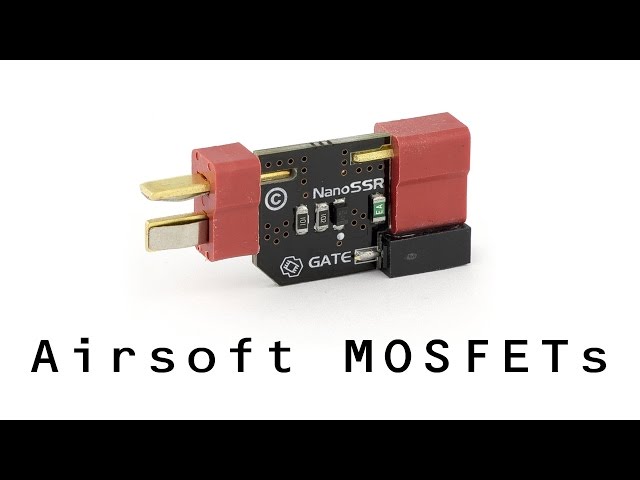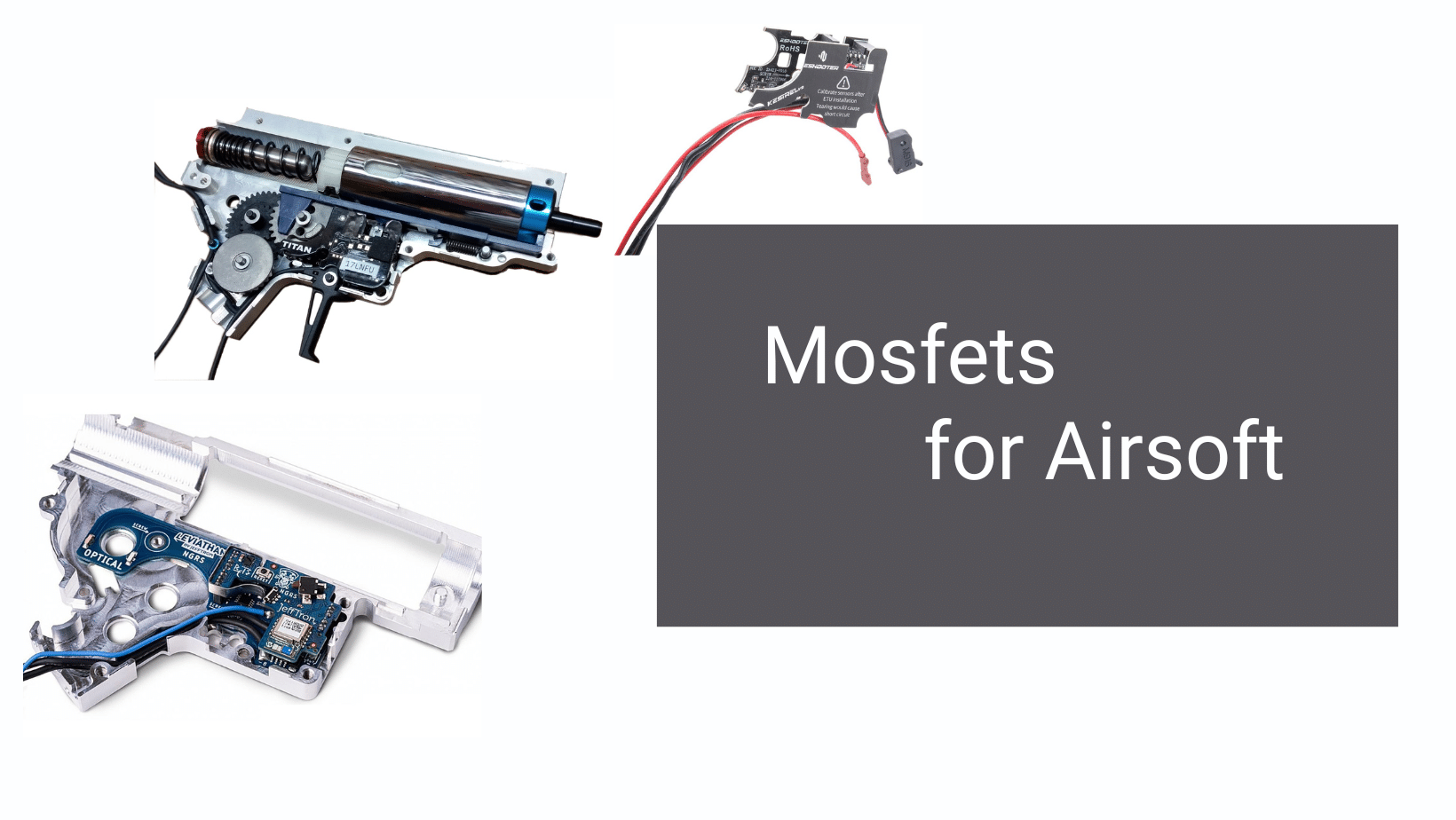Alright, let’s talk about this MOSFET thing in airsoft. People throw the term around, and it can sound like some high-tech wizardry. Truth is, for us playing the game, it’s basically a little lifesaver for your gun, or at least, for a tiny, annoying part of it that used to cause me no end of grief.

You see, before these MOSFETs became common, or before I knew any better, we had a real pain in the butt with our AEGs. Especially if you were like me, trying to get a bit more oomph out of your rifle, maybe a stronger spring, or a faster motor. The trigger contacts, those little metal bits that complete the circuit when you pull the trigger? They’d take a beating. A real beating. They’d get all charred and pitted from the electrical arcing. It was a constant cycle of things feeling sluggish, then failing, then me having to tear the whole darn gearbox apart.
My Journey into the World of MOSFETs
I remember this one time, my old faithful M4, trusty workhorse for years. Started getting real sluggish on the trigger. Sometimes it’d fire, sometimes just a click, sometimes nothing. Frustrating as all hell, especially mid-game when you really need your gear to work. I cracked open the gearbox – which, by the way, is a whole other story of learning and lost springs – and there they were. The trigger contacts, all black, pitted, and looking like they’d been through a war themselves. Cleaned ’em, filed ’em a bit. Worked for a while. Then it happened again. And again. I was spending more time fixing that damn trigger assembly than actually playing! It felt like I was maintaining a museum piece, not a skirmish tool.
Then one day, I was complaining about it to this old-timer at the field, a guy who’s probably forgotten more about airsoft tech than I’ll ever know. He just grunts and says, “You need a MOSFET, son.” I was like, “A MOS-what-now?” Sounded like something out of a sci-fi movie, completely over my head. He tried to explain it, all technical-like, but honestly, most of it went in one ear and out the other. All I really got was “stops your trigger burning out.” Good enough for me! If it meant less time with my gearbox in pieces, I was willing to try anything.
So, I decided to dive in. Watched a ton of videos online. Some made it look easy, others made it look like rocket science. I figured, how hard could it be? Ordered a basic MOSFET kit. Just a simple one, nothing too fancy. My thinking was, if I can stop replacing those blasted contacts every few months, it’s worth a shot. I was sick of that particular problem.
The actual job… well, it was an experience. Had to take the gearbox apart, again. I was getting pretty quick at that, though not exactly a skill I was proud of needing so often. Then came the soldering. My first few attempts at soldering wires to this little chip and the existing wiring? Let’s just say they weren’t pretty. Probably used more solder than necessary and definitely smelled some burning plastic – hopefully not the MOSFET itself. There was a bit of re-wiring involved. You’re basically telling the old trigger switch, “Hey, you’re not the boss anymore. You just give a little signal now.” The MOSFET takes over the heavy lifting of sending all that battery power to the motor. It was fiddly work, for sure.

After a couple of hours of fiddling, some choice words, and a minor burn on my thumb, I got it all hooked up. Put the gearbox back together, heart in my mouth a little, and connected the battery. Pulled the trigger. Snap! The response was instant. Way better than it had been in ages, even when the contacts were brand new. It was a night and day difference. Seriously, the gun felt alive again.
So, What IS This Thing, Really?
So, back to your question: ‘what is a mosfet airsoft?’ From all that hassle and eventual success, here’s how I see it now, in plain English. It’s basically an electronic switch. A tough little guy that acts like a bouncer for the electricity.
Your regular trigger switch, the one you pull, is kinda wimpy. It wasn’t designed to handle all the juice a high-performance battery (like a LiPo) or a beefy motor wants to draw. So it sparks, it arcs, it wears out, gets all carboned up. That’s what was causing me all those headaches. The MOSFET steps in and says, “Don’t worry, little trigger switch, I got this.” Now, when you pull the trigger, it just sends a tiny, low-power signal to the MOSFET. The MOSFET, which is built to handle the big currents, then takes power directly from your battery and unleashes it on your motor. Your trigger switch stays clean and happy, doesn’t get fried. And because the MOSFET can switch power faster and more efficiently, you often get a snappier trigger response and maybe even a slight bump in your rate of fire. No more mushy trigger feel.
And that was just a basic one! Later on, I found out the fancier ones can do all sorts of tricks:
- Programmable burst fire (like 3-round burst, which is pretty neat).
- Active braking (stops the motor faster, can prevent overspin with some setups).
- LiPo battery protection (stops you from draining your LiPos too much and ruining them – very handy).
- Even some diagnostics to tell you if something’s wrong.
But even if you don’t care about all those bells and whistles, just protecting your trigger contacts and getting a more reliable gun? That alone makes a basic MOSFET worth its weight in gold, in my book. Especially if you’re running LiPo batteries, which can really push those old-style contacts to their limit and beyond. So yeah, that’s my story with MOSFETs. Started out as a solution to a frustrating, recurring problem, and now I pretty much consider them essential for any serious AEG build I do. Saves you a ton of frustration down the line, trust me on that.


